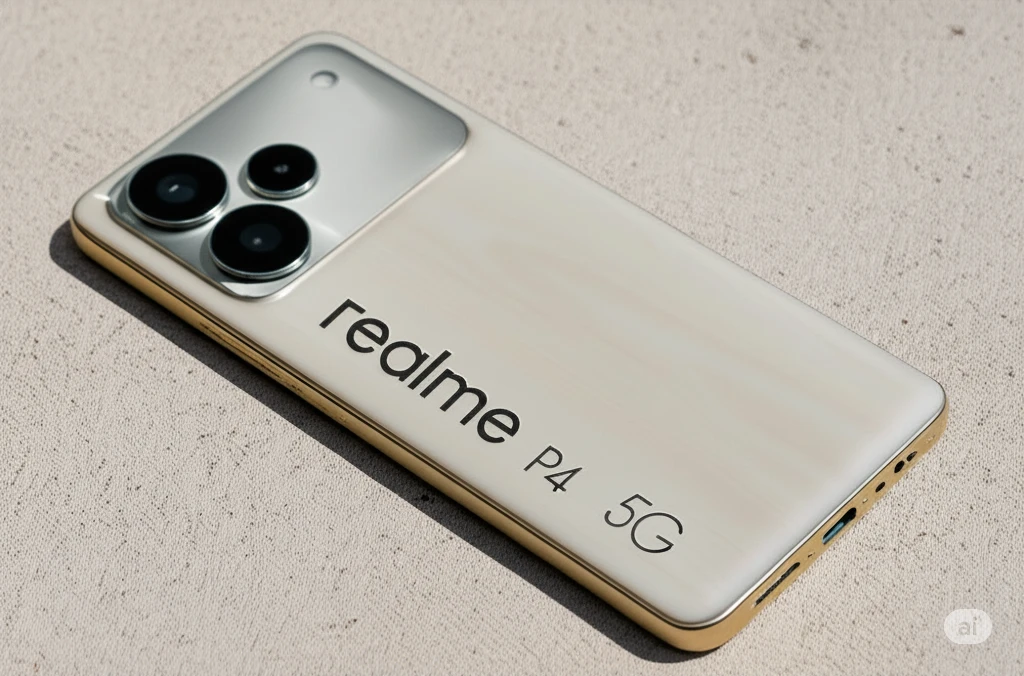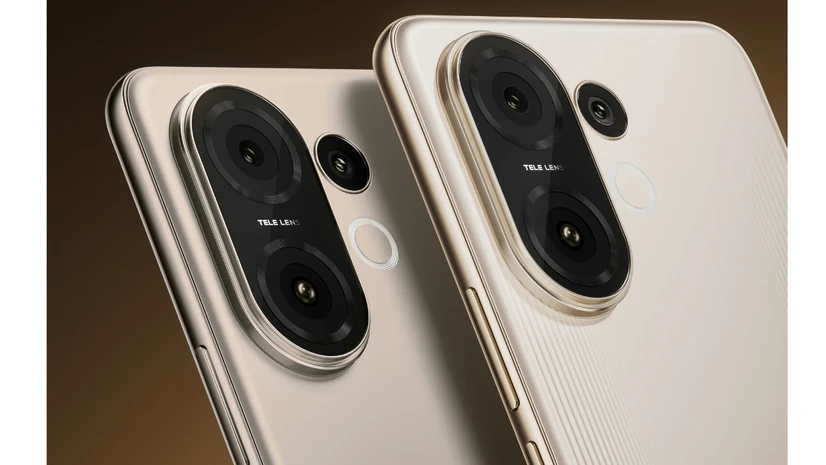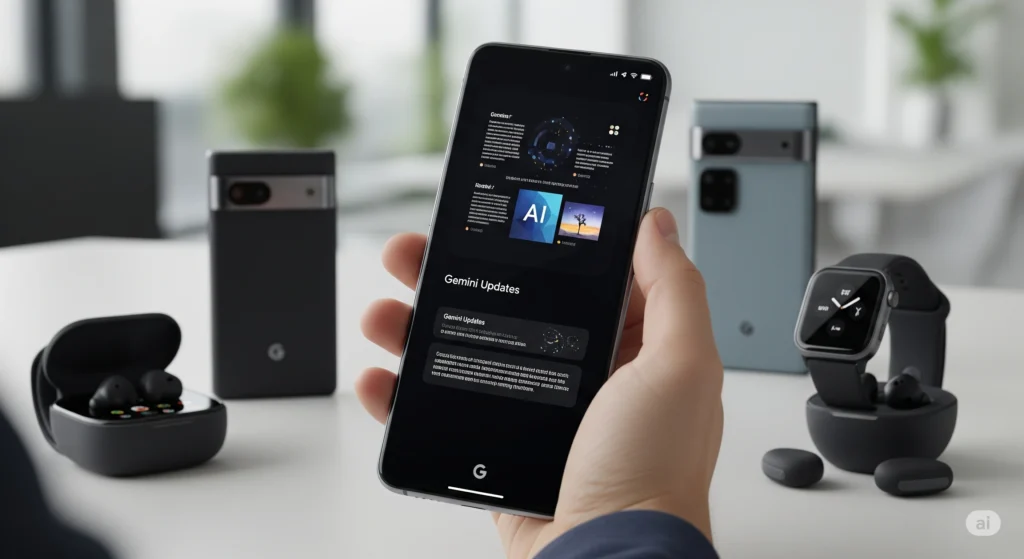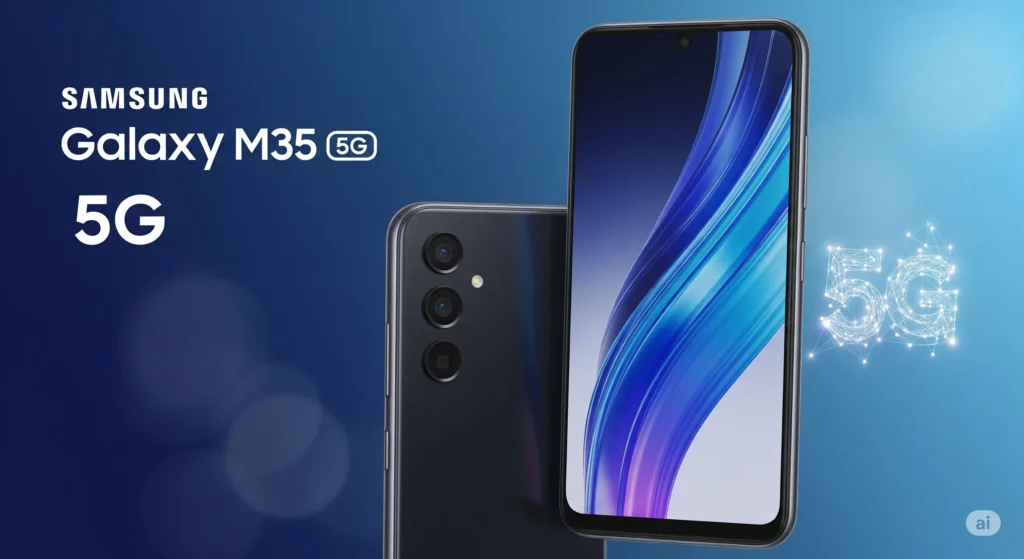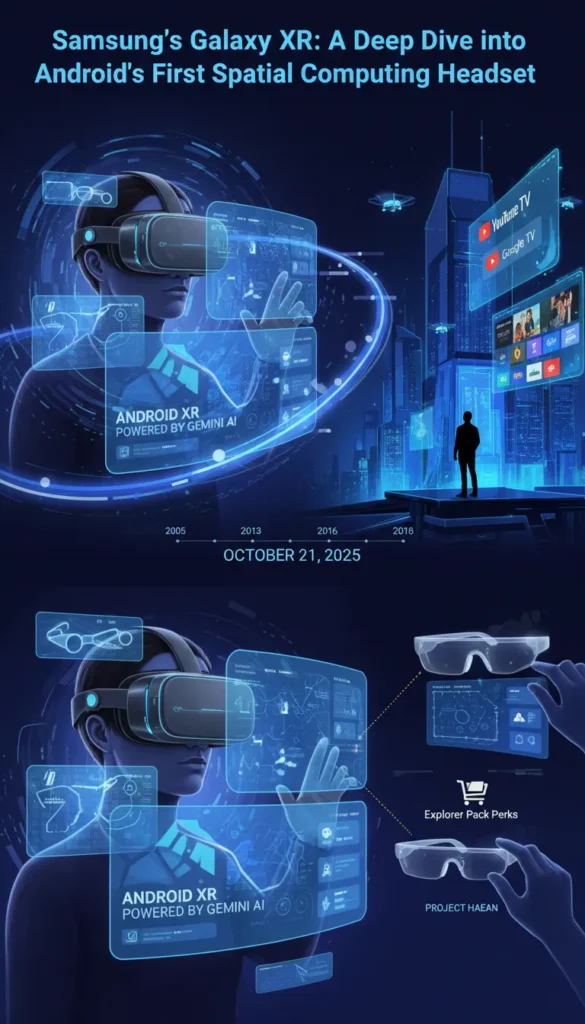
A New Era of Reality: What is the Galaxy XR?
Consider, if you will, the shifting sands of technological innovation. Just when we thought the virtual reality wave had crested, a new tide is rolling in: extended reality, or XR. Enter Samsung’s Galaxy XR, launched on October 21, 2025. This isn’t merely a rehashing of VR tropes; it’s a deliberate fusion of virtual and augmented realities. But the real intrigue lies beneath the surface.
This device marks the debut of Google’s Android XR operating system, a platform purpose-built for spatial computing. It’s the culmination of a powerful partnership between Google and Qualcomm, hinting at a shared vision for the future of digital interaction. It makes you wonder if this collaborative approach will be the key to unlocking XR’s true potential, where previous solo attempts have faltered.
And then there’s the AI component. The Galaxy XR is fundamentally AI-native, powered by Google’s Gemini AI. Think beyond simple voice commands; imagine an intuitive co-pilot seamlessly integrating with your digital experience, anticipating your needs and augmenting your interactions with the digital world.
A Look Back: Samsung and Android’s XR Journey
To truly appreciate the Galaxy XR, we must trace the meandering paths that led to its creation. Samsung’s foray into head-mounted displays began as far back as 2005, culminating in the Gear VR in 2014, in partnership with Oculus. This smartphone-powered device, while ultimately discontinued in 2019 after selling over 5 million units, served as a crucial learning experience. It begs the question: what lessons did Samsung glean from the Gear VR’s successes and failures?
Google’s journey is equally complex. From the audacious Google Glass (2013) to the democratizing Google Cardboard (2014) and the ambitious-yet-abandoned Daydream VR platform (2016), their experiments reflect a constant push-and-pull between innovation and practicality. While ARCore (2018) demonstrated the potential of mobile AR, the reported cancellation of a dedicated AR headset project (“Project Iris”) in 2024 left many wondering about Google’s long-term commitment.
Now, with the Galaxy XR, we see a confluence of these experiences. Samsung’s hardware expertise, Google’s Android XR and Gemini AI, and Qualcomm’s silicon prowess converge to form a unified vision. But the shadow of past missteps lingers: Can this collaboration overcome the historical challenges that plagued both companies’ previous XR endeavors?
The Galaxy XR Up Close: Features, Specs, and the “$1,800 Question”
Let’s delve into the specifics. The Galaxy XR promises visual immersion with its dual 4K micro-OLED displays, boasting a combined 27 megapixels (3,552 x 3,840px per eye) and a 109° horizontal field of view. The promise of crisp text, vibrant colors, and clear passthrough is enticing.
Beneath the surface, the Qualcomm Snapdragon XR2+ Gen 2, coupled with 16GB RAM and 256GB storage, suggests considerable processing power. A constellation of 12 cameras (including two 6.5MP wide-angle for 3D passthrough and four eye-tracking) and six microphones further enhances the sensory experience.
Ergonomics haven’t been ignored. At 545g, the Galaxy XR is lighter than the Apple Vision Pro, with a “human-centric design” incorporating a forehead cushion and balanced pressure distribution. The question remains: will these design choices translate to sustained comfort during extended use?
The true innovation, however, lies in the AI integration. Gemini AI isn’t just a voice assistant; it understands your surroundings, provides real-time suggestions, navigates Google Maps in 3D, and even “spatializes” your 2D photos and videos. This raises profound questions about the future of human-computer interaction: Are we on the cusp of a truly symbiotic relationship with AI?
The promise of an “infinite screen” for work and play is compelling. Multiple app windows floating in a virtual workspace, transforming any room into a private cinema—it’s a tantalizing glimpse of the future of computing.
But then there’s the price: $1,799.99. This positions it as a premium device, more accessible than the Apple Vision Pro but more capable than Meta’s Quest offerings. The “Explorer Pack” sweetens the deal with a 12-month bundle of Google AI Pro, YouTube Premium, Google Play Pass, and more. One can’t help but wonder: is the price point justified by the device’s capabilities, or will it remain a barrier for mainstream adoption?
Current Opinions & The XR Tug-of-War
The initial buzz surrounding the Galaxy XR is largely positive. Reviewers praise its comfort, stunning display, and transformative Gemini AI integration. The open-periphery design is lauded for enhancing spatial awareness.
Yet, the fundamental question persists: “Why do I need this?” Despite the technological marvel, the “killer app” problem remains. What compelling use case will drive mass adoption beyond the initial wave of tech enthusiasts?
A notable limitation is its stationary nature. At launch, the Galaxy XR is designed for seated or standing use, lacking the ability to walk around with apps anchored to the physical world. This contrasts sharply with some competitors and raises questions about its practical utility.
Battery life is another concern. The separate battery pack offers a mere 2-2.5 hours of use, necessitating a tethered experience. The tether represents a design compromise that might undermine the sense of freedom that XR promises.
The content library is also a work in progress. While existing Android apps can run in 2D windows, a robust ecosystem of native XR content is still nascent. The reliance on AI to “bridge the gap” highlights the challenges of content creation in this new medium.
Public sentiment reveals a degree of skepticism, fueled by Samsung’s history of discontinuing less successful products and Google’s past VR cancellations. A lingering question: is Android XR destined for a different fate?
The Galaxy XR enters a market already populated by the Apple Vision Pro (high-end, luxury) and Meta Quest (more affordable, gaming-focused). Samsung aims for the “premium-accessible” sweet spot, but one wonders if it can carve out a distinct identity in this competitive landscape.
The Road Ahead: What’s Next for Galaxy XR and Android XR?
The future hinges on continuous software evolution. Expect regular updates for Android XR and Gemini AI as Google and Samsung refine the user experience.
Beyond the headset, Samsung envisions a broader hardware ecosystem. Rumors abound of AR glasses in 2026: one focused on audio/camera (akin to Meta’s Ray-Ban) and another (“Project Haean”) offering full visual overlays, streaming from a phone. The trajectory points towards lighter, smaller, and more integrated devices.
Ecosystem expansion is paramount. The ambition is an open, scalable Android XR ecosystem deeply integrated with the wider Galaxy product family (phones, wearables). Developer support is crucial, with emphasis on OpenXR, Unity, and WebXR.
The enterprise sector also beckons. Samsung is exploring business applications in training, remote collaboration, and industrial use. The potential for XR to transform these sectors is undeniable, but the practical challenges remain.
The Galaxy XR is perceived by some as a bridge to the future: a stepping stone towards ubiquitous, AI-powered smart glasses seamlessly blending digital information with our daily lives. The ultimate goal: to transform XR from a novelty into a necessity.
Samsung is adopting a measured rollout strategy, starting with a limited release in the US and Korea before wider expansion. This cautious approach suggests a long-term commitment, but also a recognition of the challenges that lie ahead.
